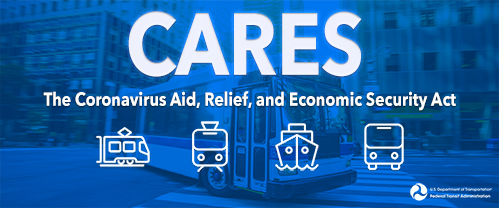Hightlights of Recent Federal Relief Programs

April 24, 2020 / Community
In March the Coronavirus Aid, Relief, and Economic Security Act (“CARES” Act) was passed, featuring more than $2 Trillion of aid across multiple areas of our economy. Here are some highlights that may affect you:
- Federal Income Tax Deadline: Federal income tax deadline extended to July 15 from April 15. This includes both filing and paying taxes due. All state income tax deadlines have been extended as well.
- IRA Contributions: IRS has extended 2019 IRA contributions to July 2020.
- Recovery Rebate “Checks”: Individuals will receive checks of up to $1,200 ($2,400 per married couple), plus $500 for every child
- Individuals who made more than $75,000 or a head of household who earned $112,500 as in 2019 and couples who file joint tax returns who earned more than $150,000 in 2019 will be excluded from the relief provision.
- Above those income thresholds, the payment decreases by $5 for every $100 earned until it stops altogether for single people earning a minimum of $99,000 or married people who have do not have children and earn a minimum of $198,000.
- We have a payment estimator on our website here
- Temporary Waiver of Required Minimum Distribution (RMD) Rules: Waives RMD rules for all types of defined contribution plans (including 401(k), 403(b), and governmental 457(b) plans) and IRAs for calendar year 2020.
- Temporary Student Loan Payment Suspension: Automatically suspends federal student loan payments, including interest, through September 30, 2020. It does not apply to federal loans held by private lenders.
- Partial Above-the-Line Deduction: Allows partial above-the-line deduction for charitable cash contributions in 2020 permitting taxpayers to deduct up to $300, whether they itemize their deductions or not. The above-the-line deduction provision explicitly excludes contributions to donor-advised funds.
- Paycheck Protection Program (PPP) Loans: Employers who maintain their payrolls during the COVID emergency are eligible for cash-flow assistance. SBA Paycheck Protection can cover the costs of employing individuals and running a business, including mortgages, rents, interest, salaries, payments related to health insurance, retirement benefits, taxes, and utilities. The maximum loan size is 250% of an employer’s active monthly payroll, but not more than $10 million.
